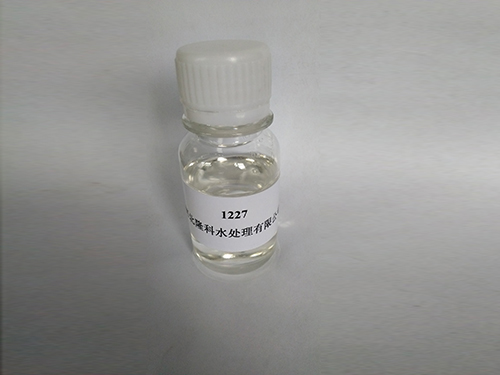flocculant types
Understanding Flocculant Types and Their Applications
Flocculants are essential chemical agents used in various industries to facilitate the agglomeration of suspended particles in liquids. Their primary function is to enhance the sedimentation process, promoting the separation of solids from liquids. Different types of flocculants are available, each suited for specific applications and conditions.
Understanding Flocculant Types and Their Applications
2. Inorganic Flocculants Inorganic flocculants, such as aluminum sulfate (alum) and ferric chloride, are widely used for water treatment due to their affordability and efficiency. These compounds, when added to water, create a positive charge that neutralizes negatively charged particles, promoting floc formation. Inorganic flocculants are often employed in the treatment of municipal wastewater and in processes like paper manufacturing and mining, where effective removal of suspended solids is crucial.
flocculant types

3. Natural Flocculants Natural flocculants are derived from plant or animal sources and are favored in environmentally friendly applications. Examples include chitosan, a biopolymer obtained from crustacean shells, and various plant extracts. Natural flocculants are not only effective but also biodegradable, making them an attractive choice for sustainable practices in industries like agriculture and food processing.
Applications across Industries Flocculants play a vital role in numerous industries, including water treatment, pharmaceuticals, food processing, and mining. In water treatment, they help in clarifying water by removing impurities before disinfection. In mining, flocculants aid in the recovery of valuable minerals by separating them from ore slurry.
In conclusion, the choice of flocculant type largely depends on the specific requirements of the process, such as efficiency, cost, and environmental impact. Understanding the characteristics and applications of different flocculant types is crucial for optimizing operations and achieving desired outcomes across various sectors.
-
lk-319-special-scale-and-corrosion-inhibitor-for-steel-plants-advanced-solutions-for-industrial-water-systemsNewsAug.22,2025
-
flocculant-water-treatment-essential-chemical-solutions-for-purification-processesNewsAug.22,2025
-
isothiazolinones-versatile-microbial-control-agents-for-industrial-and-consumer-applicationsNewsAug.22,2025
-
scale-inhibitor-key-solutions-for-water-system-scale-preventionNewsAug.22,2025
-
organophosphonates-versatile-scale-inhibitors-for-industrial-water-systemsNewsAug.22,2025
-
scale-and-corrosion-inhibitor-essential-chemical-solutions-for-water-system-maintenanceNewsAug.22,2025





